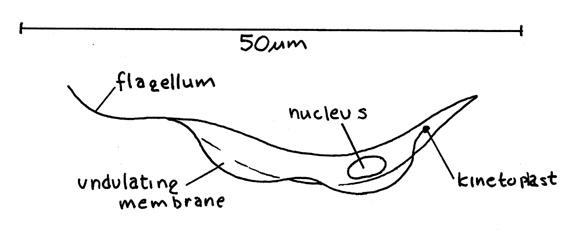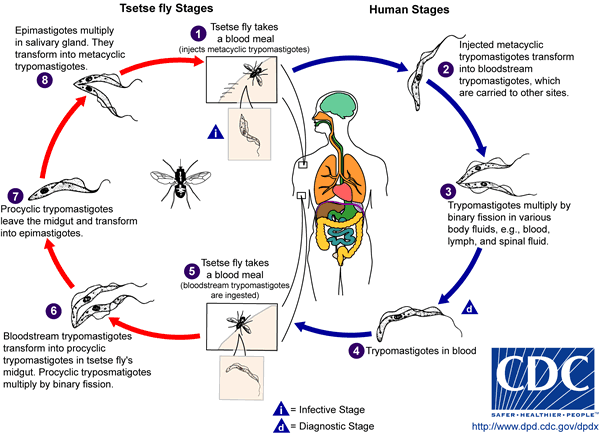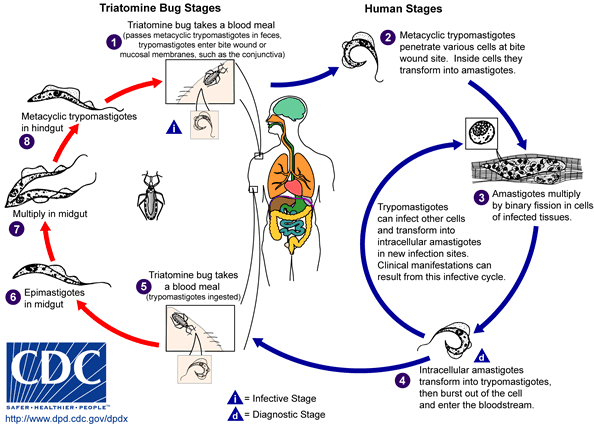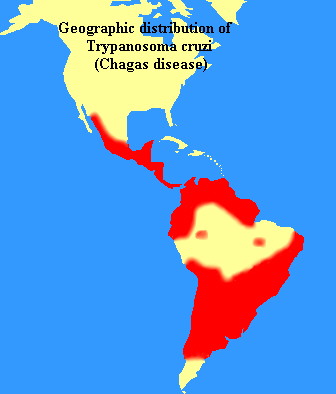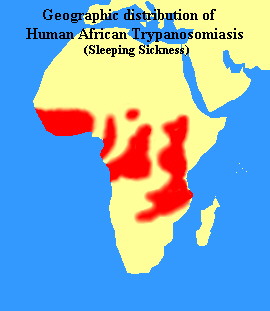Metode analisis dengan reaksi reduksi-oksidasi (redoks) adalah
analisis yang terdiri dari perubahan valensi dari bahan-bahan yang
bereaksi. Reaktan yang mengalami kehilangan elektron dalam reaksi redoks
adalah bahan pereduksi dan dapat diidentifikasi dari persamaan untuk reaksi dimana atom reaktan dikonversi ke tingkat yang lebih tinggi (1) :
Fe2+ ————> Fe3+ + e
2I- ————-> I2 + 2e
Maka, bahan pengoksidasi adalah reaktan yang menerima elektron dalam reaksi redoks.
Reaksi yang reversible dari 2I- I2 + 2e dapat diaplikasikan dalam analisis bahan-bahan pereduksi seperti tiosianat dan arsenit. (1)
Iodimetri adalah oksidasi kuantitatif dari senyawa pereduksi dengan menggunakan iodium. Iodimetri ini terdiri dari 2, yaitu (2);
a. Iodimetri metode langsung, bahan pereduksi langsung dioksidasi dengan larutan baku Iodium. Contohnya pada penetapan kadar Asam Askorbat.
b. Iodimetri metode residual ( titrasi balik), bahan pereduksi dioksidasi dengan larutan baku iodium dalam jumlah berlebih, dan kelebihan iod akan dititrasi dengan larutan baku natrium tiosulfat. Contohnya pada penetapan kadar Natrium Bisulfit.
Iodometri adalah bahan pengoksidasi yang mengoksidasi Kalium iodida (KI) dalam suasana asam, sehingga Iod yang dibebaskan kemudian ditentukan dengan menggunakan larutan baku Natrium tiosulfat. Contohnya pada penetapan kadar Tembaga (II) sulfat. (2)
Hal-hal yang harus diperhatikan (2,3):
a. Pada umumnya oksidasi langsung dengan iod (Iodimetri) dilakukan untuk bahan-bahan dengan potensial oksidasi yang lebih rendah dari Iod, dan sebaliknya.
b. Oksidasi oleh oksigen atmosfer pada reaksi oksidasi KI dalam medium asam kuat, dapat menghasilkan nilai titer yang salah sehingga menyebabkan kesalahan estimasi/perkiraan.
c. Iodometri tidak pernah dilakukan dalam medium basa karena reaksi antara Iod (I2) dengan hidroksida akan menghasilkan ion hipoiodit dan iodat akan akan menjadi 2I-. Dimana 2 mol I- akan mengoksidasi parsial tiosulfat menjadi bentuk oksidasi yang lebih tinggi seperti SO42-
Penentuan titik akhir titrasi (1,2,3,4) :
a. Indikator kanji ( konsentrasi 0,5% yang dibuat segar dengan menggunakan pati larut yaitu β-amilosa).
b. Instrument : Potensiometri atau amperometri.
c. Warna iod dalam pelarut organik misalnya karbon tetraklorida dan kloroform. ( khusus untuk titrasi yang tidak memungkinkan penggunaan indicator kanji, sehingga tidak perlu ditambahkan indikator). Warna merah ungu dari iodin dalam karbon tetraklorida dapat dilihat pada larutan iodin dengan kepekatan yang sangat rendah, sifat inilah dipakai untuk menentukan titik akhir titrasi dengan hilangnya warna merah ungu pada lapisan karbon tetraklorida.Selain karbon tetraklorida, dapat juga dipakai kloroform sebagai indikator dengan sifat yang sama dengan karbon tetraklorida.
Larutan baku dan baku primer/sekunder (1,2,3,4) :
a. Larutan baku Iodium yang dibakukan dengan Arsen trioksida sebagai baku primer atau dibakukan dengan larutan baku natrium tiosulfat sebagai baku sekunder.
b. Larutan baku natrium tiosulfat yang dibakukan dengan Kalium bikromat sebagai baku primer atau dibakukan dengan larutan baku Iodium sebagai baku sekunder.
c. Larutan baku Kalium Bromat yang dibakukan dengan larutan baku natrium tiosulfat sebagai baku sekunder. ( dipakai untuk penetapan kadar secara iodometri yang melibatkan substitusi bromine dengan iod, misalnya penetapan kadar tiroid)
d. Larutan baku kalium Iodat yang dibakukan dengan larutan baku natrium tiosulfat. ( dipakai untuk penetapan kadar secara iodometri dimana kalium iodat bertindak sebahan bahan pengoksidasi, hasil reaksi membebaskan iod yang kemudian dititrasi dengan larutan baku natrium tiosulfat, misalnya penetapan kadar Kalium iodide)
Referensi :
1. Adelbert M. Knevel (Ed.). Jenkin’s : Quantitative Pharmaceutical Chemistry, 7th Edition. 1959. MC-Graw Hill Book Company. New York.
2. Ashutosh Kar. Pharmaceutical Drug Analysis. 2005. New Age International Limited Publishers. New Delhi.
3. I.M. Kollthoff (Ed.). Volumetric Analysis. MC-Graw Hill Book Company. New York.
4. Yeanny Wunas & Susanti Said. Kimia Analisis Kuantitatif. 1998. Lembaga Penerbitan Universitas Hasanuddin. Makassar.
Fe2+ ————> Fe3+ + e
2I- ————-> I2 + 2e
Maka, bahan pengoksidasi adalah reaktan yang menerima elektron dalam reaksi redoks.
Reaksi yang reversible dari 2I- I2 + 2e dapat diaplikasikan dalam analisis bahan-bahan pereduksi seperti tiosianat dan arsenit. (1)
Iodimetri adalah oksidasi kuantitatif dari senyawa pereduksi dengan menggunakan iodium. Iodimetri ini terdiri dari 2, yaitu (2);
a. Iodimetri metode langsung, bahan pereduksi langsung dioksidasi dengan larutan baku Iodium. Contohnya pada penetapan kadar Asam Askorbat.
b. Iodimetri metode residual ( titrasi balik), bahan pereduksi dioksidasi dengan larutan baku iodium dalam jumlah berlebih, dan kelebihan iod akan dititrasi dengan larutan baku natrium tiosulfat. Contohnya pada penetapan kadar Natrium Bisulfit.
Iodometri adalah bahan pengoksidasi yang mengoksidasi Kalium iodida (KI) dalam suasana asam, sehingga Iod yang dibebaskan kemudian ditentukan dengan menggunakan larutan baku Natrium tiosulfat. Contohnya pada penetapan kadar Tembaga (II) sulfat. (2)
Hal-hal yang harus diperhatikan (2,3):
a. Pada umumnya oksidasi langsung dengan iod (Iodimetri) dilakukan untuk bahan-bahan dengan potensial oksidasi yang lebih rendah dari Iod, dan sebaliknya.
b. Oksidasi oleh oksigen atmosfer pada reaksi oksidasi KI dalam medium asam kuat, dapat menghasilkan nilai titer yang salah sehingga menyebabkan kesalahan estimasi/perkiraan.
c. Iodometri tidak pernah dilakukan dalam medium basa karena reaksi antara Iod (I2) dengan hidroksida akan menghasilkan ion hipoiodit dan iodat akan akan menjadi 2I-. Dimana 2 mol I- akan mengoksidasi parsial tiosulfat menjadi bentuk oksidasi yang lebih tinggi seperti SO42-
Penentuan titik akhir titrasi (1,2,3,4) :
a. Indikator kanji ( konsentrasi 0,5% yang dibuat segar dengan menggunakan pati larut yaitu β-amilosa).
b. Instrument : Potensiometri atau amperometri.
c. Warna iod dalam pelarut organik misalnya karbon tetraklorida dan kloroform. ( khusus untuk titrasi yang tidak memungkinkan penggunaan indicator kanji, sehingga tidak perlu ditambahkan indikator). Warna merah ungu dari iodin dalam karbon tetraklorida dapat dilihat pada larutan iodin dengan kepekatan yang sangat rendah, sifat inilah dipakai untuk menentukan titik akhir titrasi dengan hilangnya warna merah ungu pada lapisan karbon tetraklorida.Selain karbon tetraklorida, dapat juga dipakai kloroform sebagai indikator dengan sifat yang sama dengan karbon tetraklorida.
Larutan baku dan baku primer/sekunder (1,2,3,4) :
a. Larutan baku Iodium yang dibakukan dengan Arsen trioksida sebagai baku primer atau dibakukan dengan larutan baku natrium tiosulfat sebagai baku sekunder.
b. Larutan baku natrium tiosulfat yang dibakukan dengan Kalium bikromat sebagai baku primer atau dibakukan dengan larutan baku Iodium sebagai baku sekunder.
c. Larutan baku Kalium Bromat yang dibakukan dengan larutan baku natrium tiosulfat sebagai baku sekunder. ( dipakai untuk penetapan kadar secara iodometri yang melibatkan substitusi bromine dengan iod, misalnya penetapan kadar tiroid)
d. Larutan baku kalium Iodat yang dibakukan dengan larutan baku natrium tiosulfat. ( dipakai untuk penetapan kadar secara iodometri dimana kalium iodat bertindak sebahan bahan pengoksidasi, hasil reaksi membebaskan iod yang kemudian dititrasi dengan larutan baku natrium tiosulfat, misalnya penetapan kadar Kalium iodide)
Referensi :
1. Adelbert M. Knevel (Ed.). Jenkin’s : Quantitative Pharmaceutical Chemistry, 7th Edition. 1959. MC-Graw Hill Book Company. New York.
2. Ashutosh Kar. Pharmaceutical Drug Analysis. 2005. New Age International Limited Publishers. New Delhi.
3. I.M. Kollthoff (Ed.). Volumetric Analysis. MC-Graw Hill Book Company. New York.
4. Yeanny Wunas & Susanti Said. Kimia Analisis Kuantitatif. 1998. Lembaga Penerbitan Universitas Hasanuddin. Makassar.


